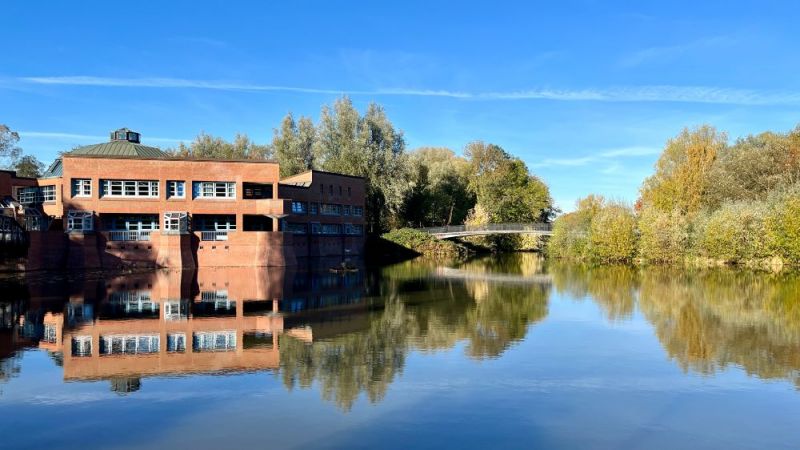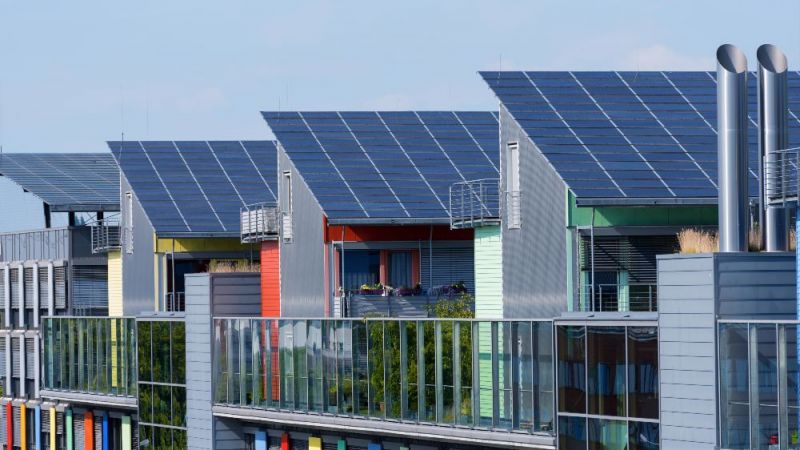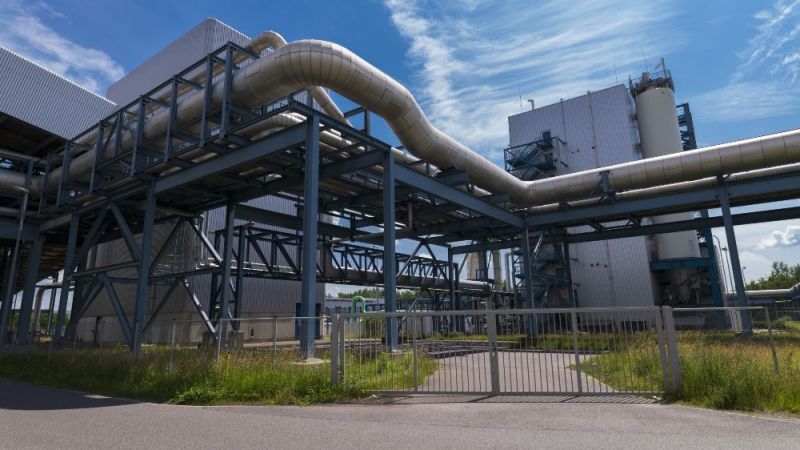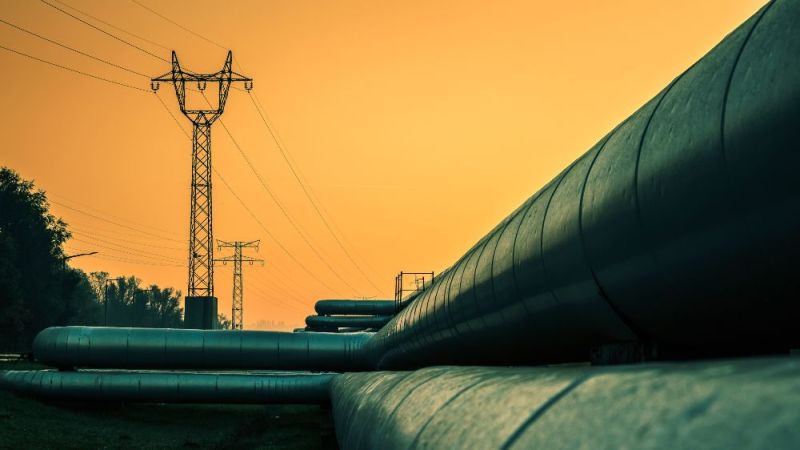
Closing efficiency gaps in buildings and districts
How Local Authorities and Cities Can Reduce Costs and CO2 Emissions
Cities and local authorities aim to reduce their energy consumption and increase the proportion of renewables in their supply. For this to work optimally in public buildings, experts need data. Continuously recorded values such as gas consumption, heat quantities, peak loads, and base loads help to optimize heating systems. “At the moment, the relevant data are usually not systematically recorded. If caretakers document the annual consumption in buildings once a year, it is not possible to draw conclusions about the operating behaviour. Malfunctions are detected too late and improvements cannot be implemented,” explains Thomas Schreiber from the E.ON Energy Research Center at RWTH Aachen University. He led the SUSTAIN2 project (retrofitting of an urban district with an integrated network infrastructure) funded by the Federal Ministry for Economic Affairs and Climate Action.
In this project, scientists developed an intelligent cloud infrastructure. The data from the building energy management systems relevant to the optimal operation of heating systems, for example, were automatically fed into this infrastructure. In general, the project has shown that suitable digital technologies such as cloud architectures and sensor systems offer many advantages for the management of properties: they make sustainable management possible, for example, and reduce operating costs.
System tests in Bottrop
In SUSTAIN2, theory came before practice: as a first step, the scientific team at RWTH Aachen University developed a general basic configuration for a cloud solution at urban district level. To this end, they also used open source platforms. The next step was to implement the newly developed systems in schools, administrative buildings, childcare centres, and sports facilities in Bottrop, for example. The experts installed these systems in a total of 25 public buildings in the area of the city of Bottrop where the InnovationCity project.
The buildings were deliberately equipped and digitalized with different measurement technologies and cloud systems. This made it possible to compare how complex the installation is for different types of buildings and how reliably the various systems work. As a result, a suitable solution for Bottrop could be identified and customized.
Other cities and municipalities can benefit from the experience gained in SUSTAIN2: In the freely accessible N5GEH Git Hub directory, you will find platform architecture, tutorials, services and device adapters for setting up your own cloud infrastructure.
Reducing CO2 emissions through more efficient systems operation
In Bottrop, the aim was to make existing systems technology more efficient and thus reduce CO2 emissions. All buildings are supplied with gas-based district heating or use gas condensing boilers. “We have managed to ensure that the systems now run almost flawlessly, options for modernization are identified at an early stage, and smart operational management takes place,” says Schreiber. To ensure that this continues to work in practice, those responsible for building services on site were involved. Information boards in the buildings inform the public about the research project.
Recommendations for other local authorities and cities
Energy experts in other locations should also benefit from the experience gained in SUSTAIN2. To this end, the project team has formulated recommendations for the integration of energy cloud systems in municipal properties:
- Building management data should be managed and controlled via an interface that enables preconfigured analyses and highlights suboptimal conditions in an intuitive way.
- Alarms for unusual events and consumption must be easy to configure and clearly structured.
- User interfaces and report functions should not be too detailed; instead they should be kept as simple as possible. Standard analyses and preconfigured templates such as an energy report for local authorities are helpful in this regard.
- A parallel IoT (Internet of things) network with a security concept should be set up to collect data in a minimally invasive and cost-effective manner.
- Server capacities can be purchased online as services, and databases should be directly linked to the sensor technology.
- Benchmark analyses are useful for categorizing energy consumption in buildings and for establishing priorities for action.
- Responsibilities within operational improvement processes should be reviewed and organized transparently. If necessary, employees must be trained and instructed accordingly.
Further information on the SUSTAIN2 project and recommendations for action on the digitalization of municipal properties using energy cloud systems are available on the scientific research platform ResearchGate.
Funding information
The Federal Ministry for Economic Affairs and Climate Action (BMWK) has funded the SUSTAIN2 project with around € 1.27 million in total as part of the German Federal Government’s 7th Energy Research Programme. Further information on BMWK funding for applied energy research can be found on the website energieforschung.de.
























